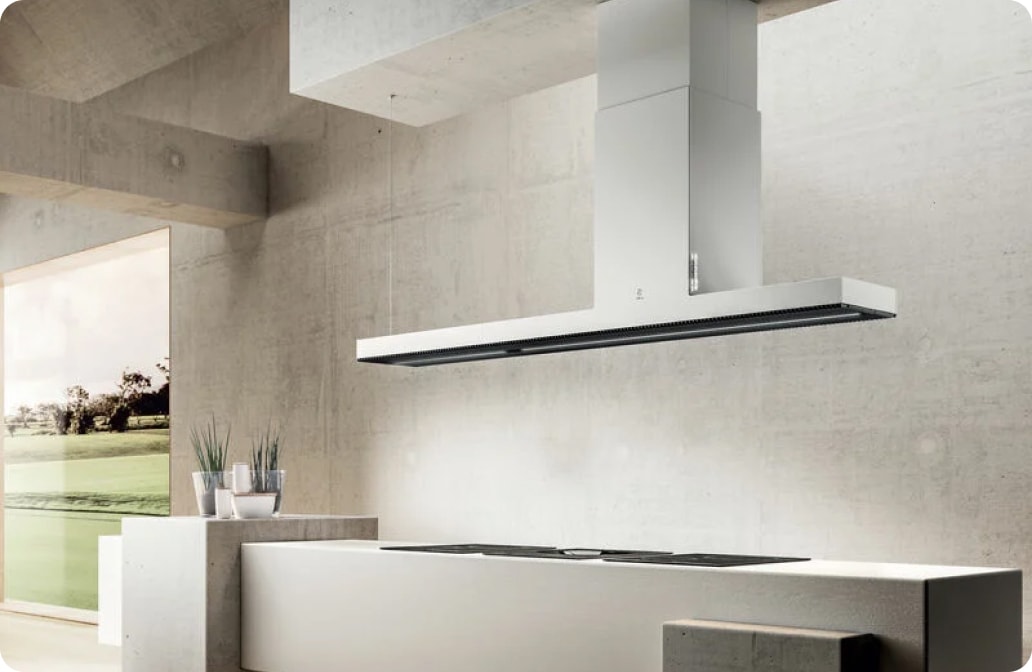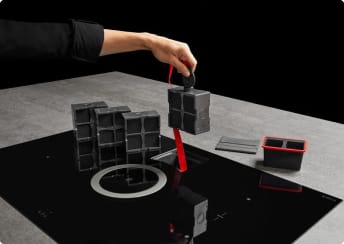If the newly installed product is making an abnormal noise, we suggest contacting the person who installed it.
The cause may be due to non-suitable piping (size, type, length, taping) or non-compliance with the instructions specified in the user manual.
Power consumption in KW is found on the Elica.com site, in the technical features of each single product, along with the related power limitations that you can set.
This feature may be activated even after the extractor hob has been installed by following the procedure explained in the booklet.
Consumption depends on various factors: the power consumption in KW set, if the power limitation feature has been activated; the number of hot-plates being used at one time; the power level set for each plate; type of cooking and utensils used.
The information relating to consumption and energy saving is given in the use and maintenance manual and in the technical features of each product, as well.
Yes, it is. Just as NikolaTesla revolutionised the modern world with his invention, Elica has revolutionised the way you cook with the NikolaTesla downdraft extractor hob.
Elica Care
Discover how to select and take care of Elica products.

